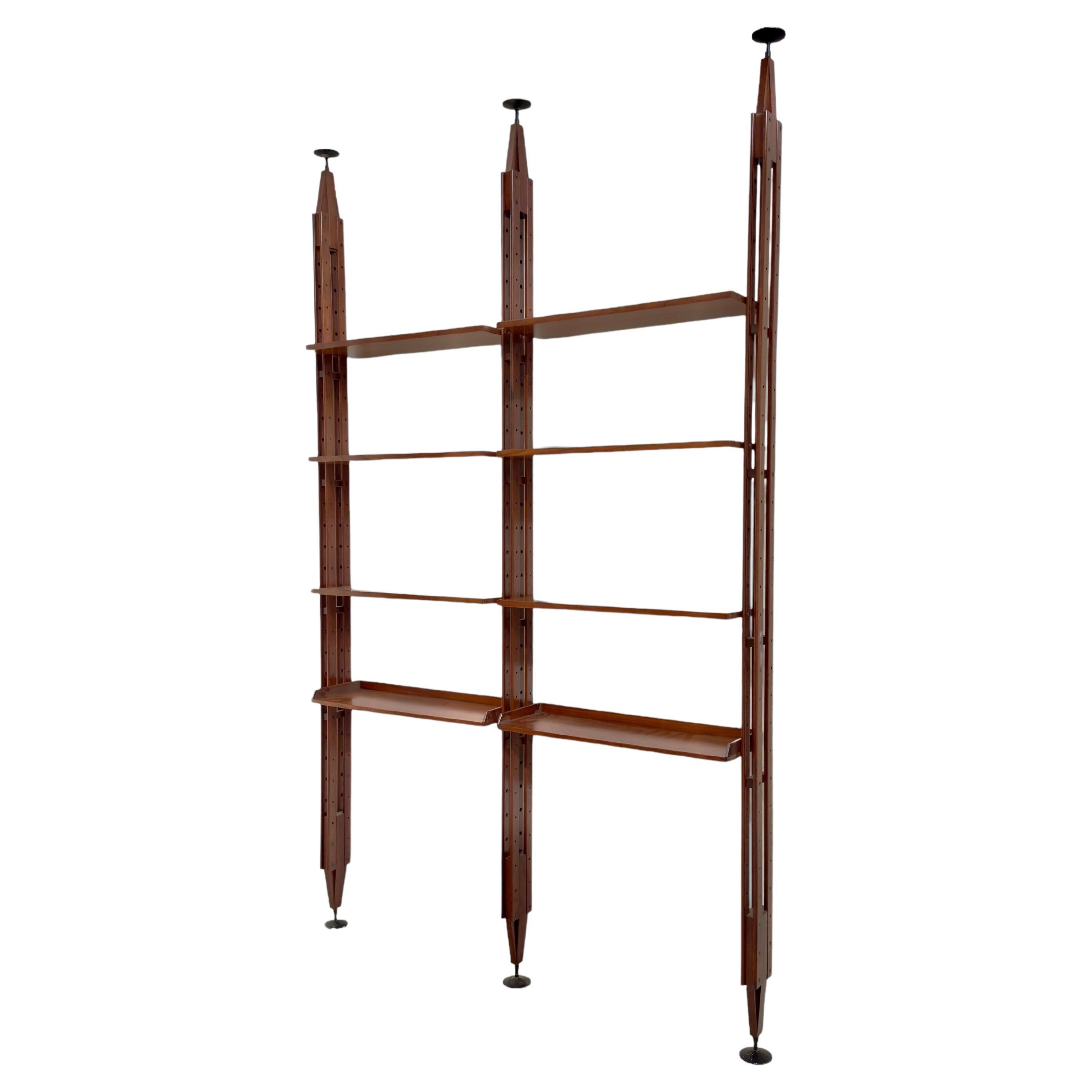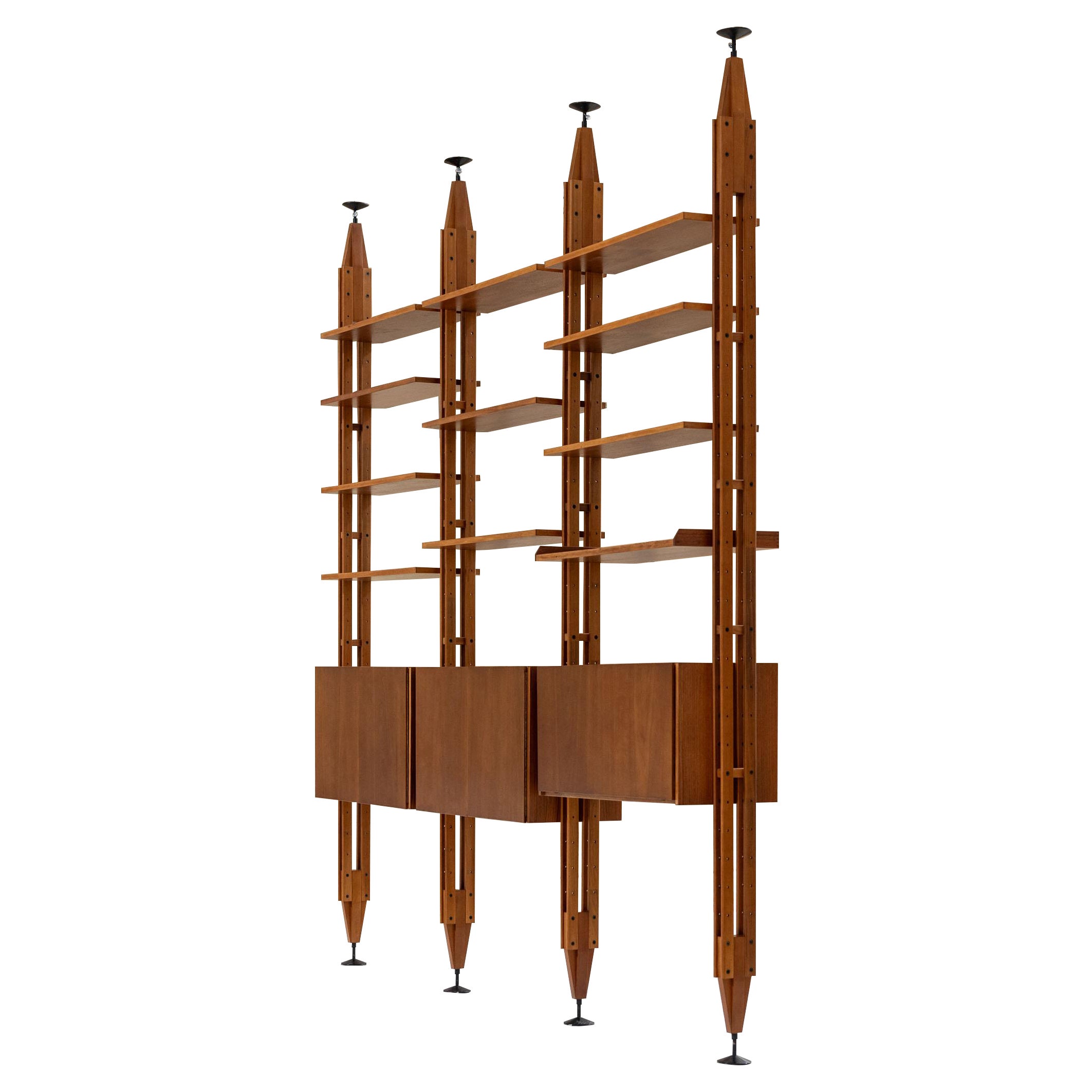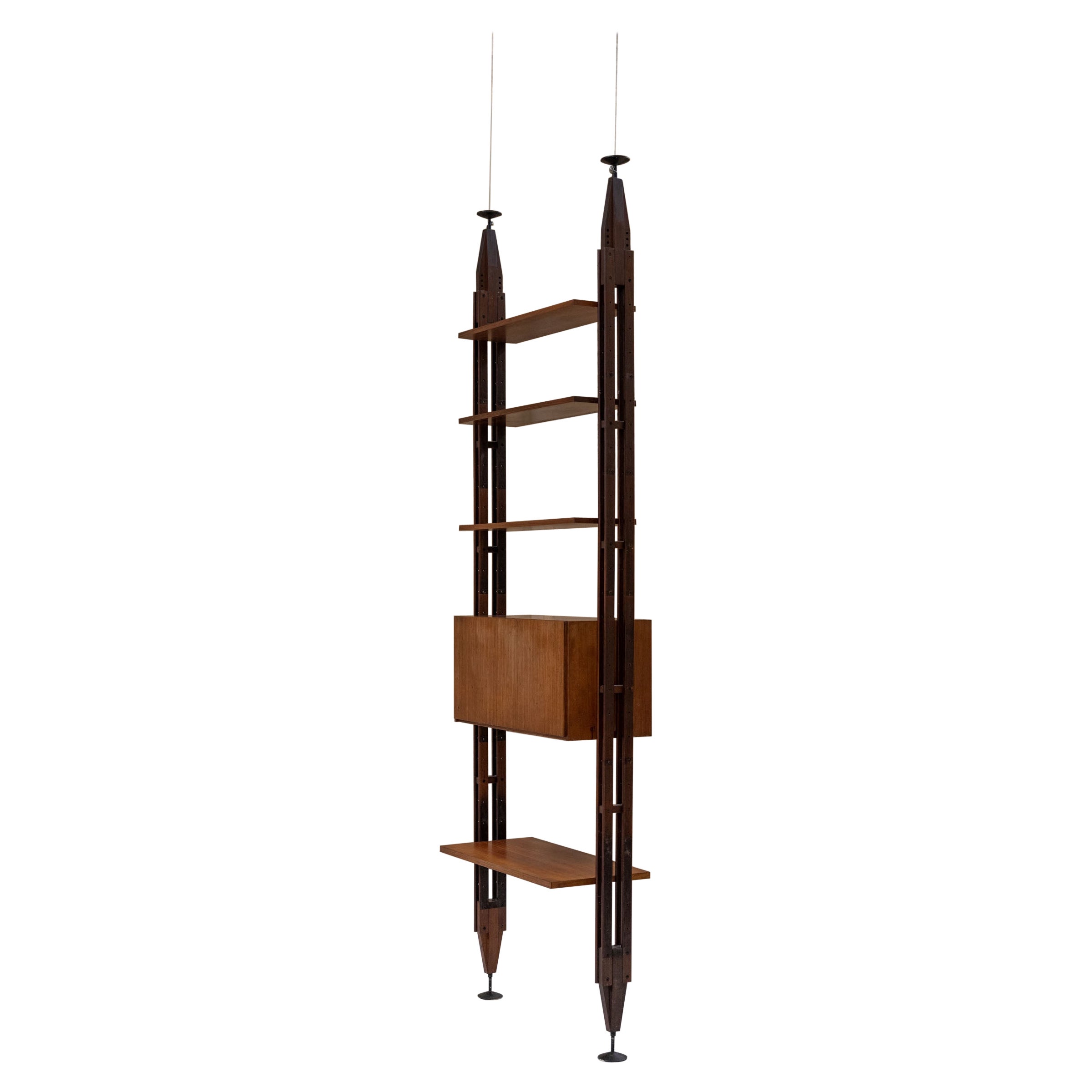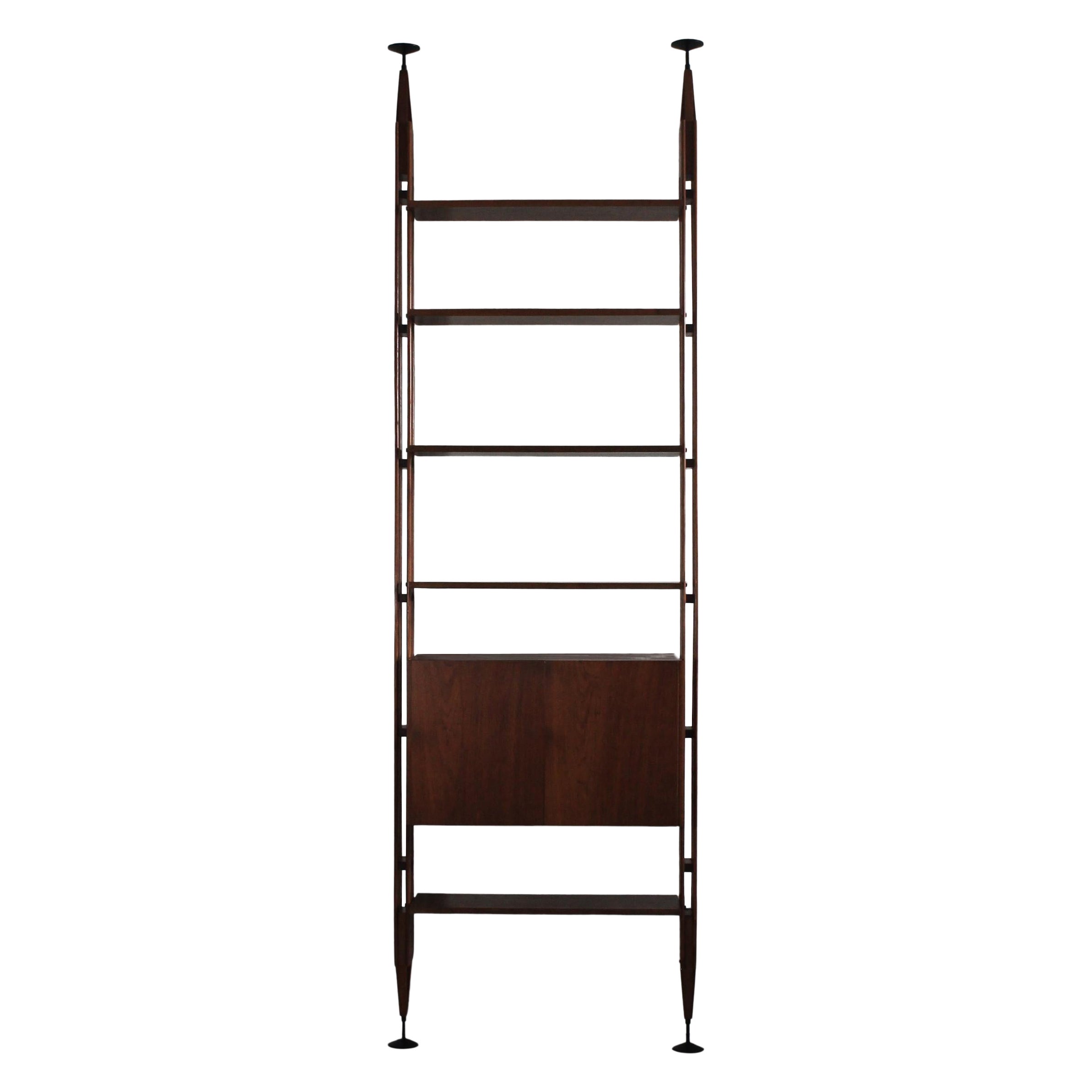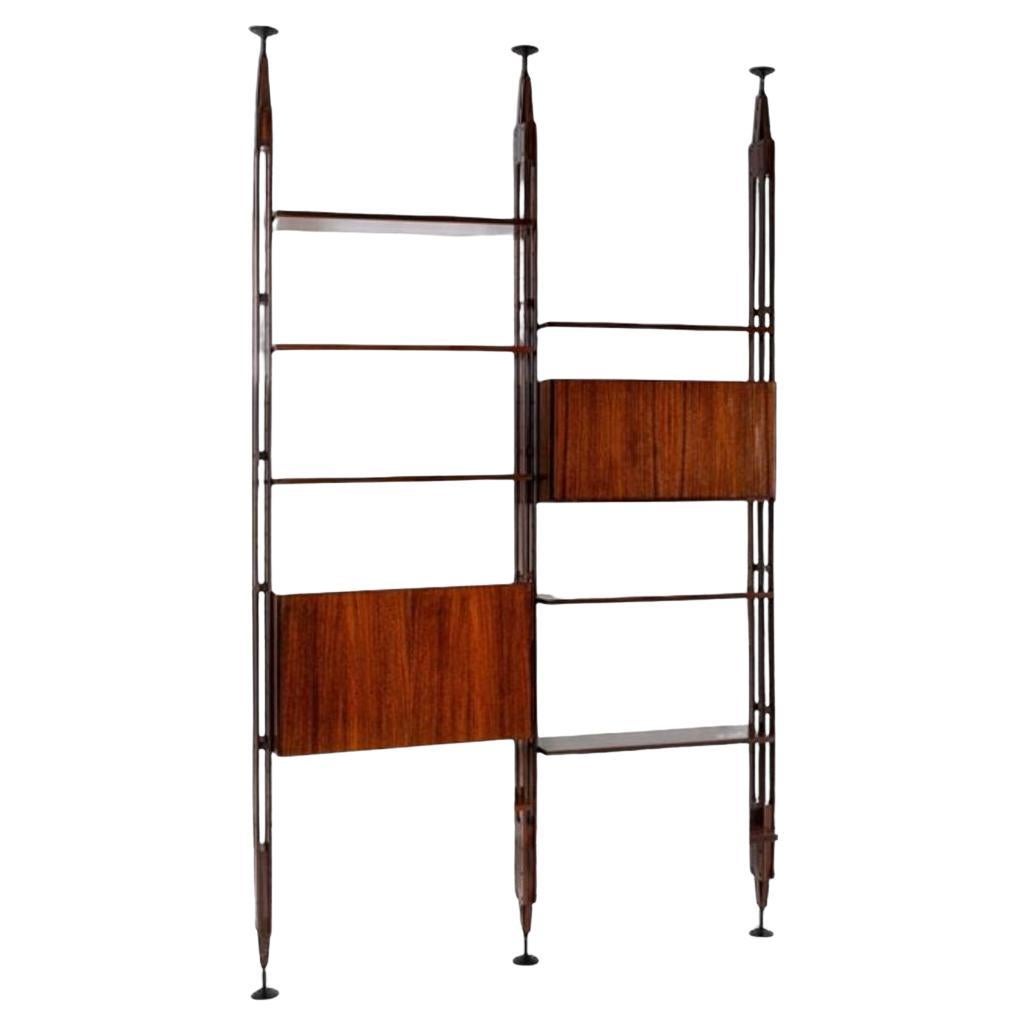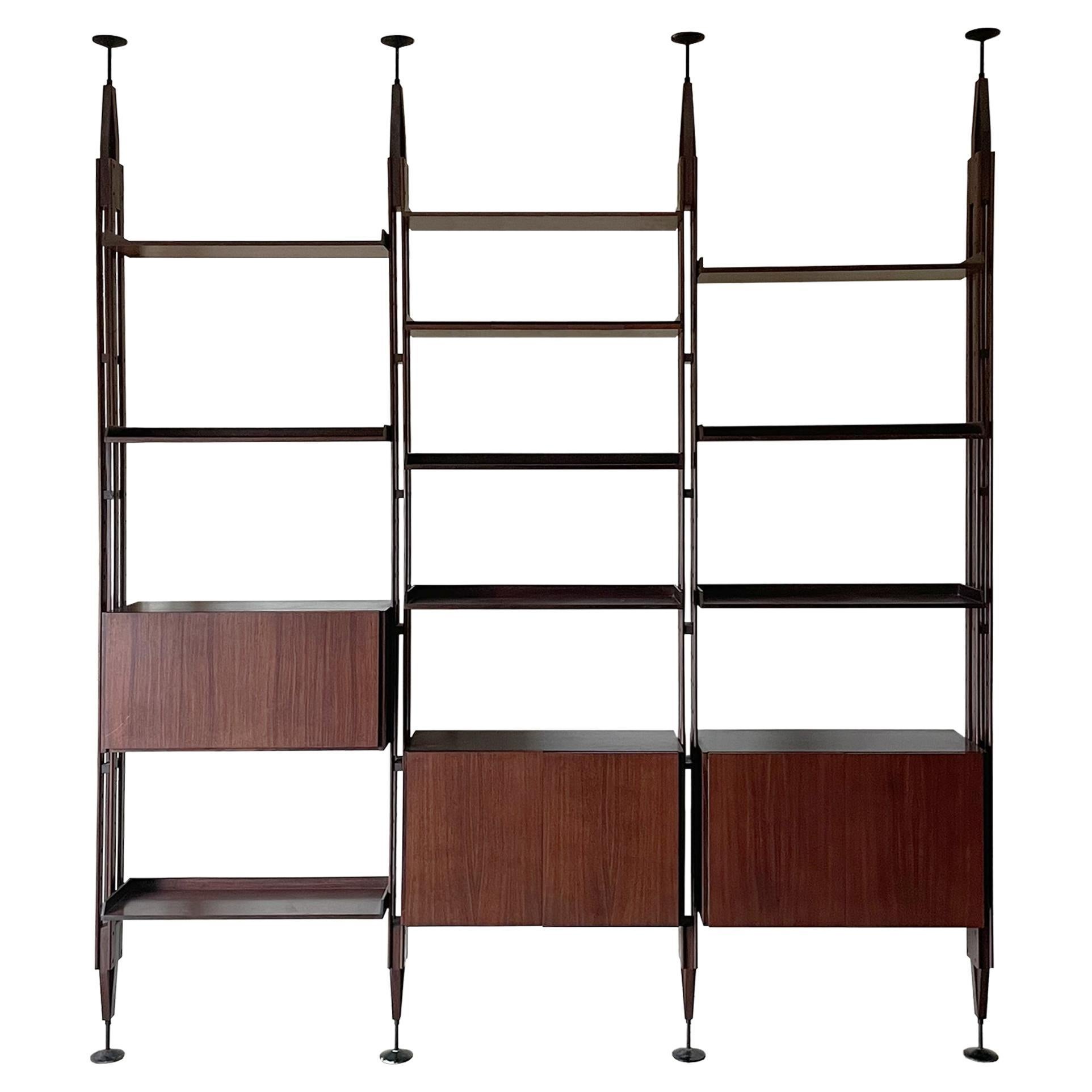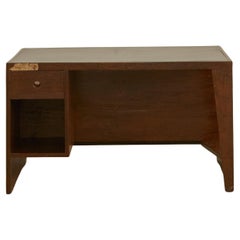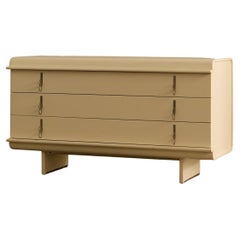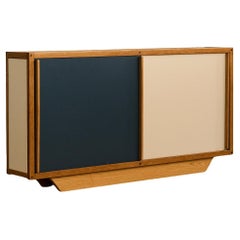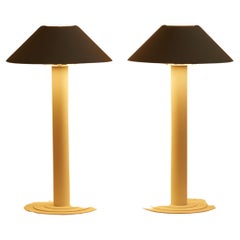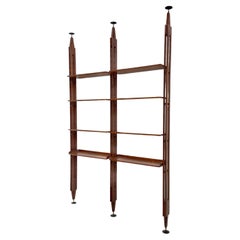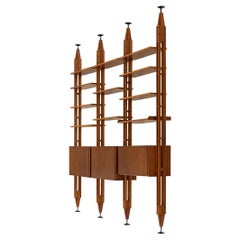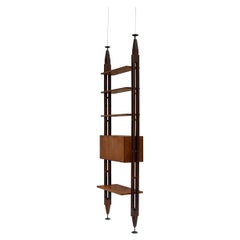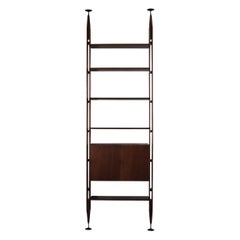Bookcase LB7
About the Item
- Creator:Franco Albini (Designer)
- Design:
- Dimensions:Height: 106.7 in (271 cm)Width: 6.5 in (16.5 cm)Depth: 9.85 in (25 cm)
- Style:Mid-Century Modern (Of the Period)
- Materials and Techniques:
- Place of Origin:
- Period:
- Date of Manufacture:1950
- Condition:
- Seller Location:London, GB
- Reference Number:1stDibs: LU6545243858272
Franco Albini
While working under the polymath Gio Ponti — arguably the most important figure in 20th-century Italian modernism — furniture designer Franco Albini nurtured a love for modern forms combined with traditional craft techniques.
Albini is widely known for working with organic materials such as rattan and cane for his chairs and other seating, but he also played a pivotal role in the Italian rationalist movement of the early 20th century, which saw architects and furniture makers applying a strict emphasis on geometry in their work. Rationalists drew on Ancient Roman architecture but rejected ornament, much in the way that Le Corbusier and celebrated Bauhaus figures such as Ludwig Mies van der Rohe had in their modernist furniture.
Albini received his degree in architecture from the Polytechnic University of Milan in 1929, and, in 1931, he founded his practice in Milan, where he tackled workers’ housing and other reconstruction projects. A gifted urban planner, he also developed the Palazzo Bianco, Palazzo Rosso and Tesoro di San Lorenzo museums in Genoa. While Albini is revered for his Margherita chair — a Triennale Milano award winner created for Bonacina in 1951 — he also collaborated with manufacturers Poggi and Cassina in the 1940s on seating, tables and more that embodied his artistic vision. Of that mid-century work, the one piece that perhaps best captures this vision is the iconic Luisa chair.
With its cherry red upholstery and sinuous wooden legs that seem to float aboveground, the Luisa is a genuine masterpiece. It is also a testament to Albini’s perfectionism, as it endured several prototypes — including one made by Knoll in the late 1940s — and took approximately 15 years to design. Poggi launched the final version of the armchair in 1955, earning Albini the prestigious Compasso d’Oro from Italy’s Association for Industrial Design. It is produced today by Cassina. Albini named the chair for someone who likely saw the process firsthand: his personal secretary of two decades, Luisa Colombini.
Find vintage Franco Albini furniture on 1stDibs.
- ShippingRetrieving quote...Shipping from: London, United Kingdom
- Return Policy
More From This Seller
View AllVintage 1950s Indian Mid-Century Modern Desks
Leather, Teak
Vintage 1960s Italian Mid-Century Modern Commodes and Chests of Drawers
Wood
Vintage 1950s French Mid-Century Modern Cabinets
Mahogany
Vintage 1960s Danish Mid-Century Modern Table Lamps
Metal
Vintage 1960s Italian Mid-Century Modern Floor Lamps
Metal
Vintage 1960s Mid-Century Modern Abstract Sculptures
Metal
You May Also Like
Vintage 1950s Italian Mid-Century Modern Bookcases
Wood
Vintage 1950s Italian Mid-Century Modern Bookcases
Wood
Vintage 1950s Italian Mid-Century Modern Bookcases
Wood
Vintage 1950s Italian Mid-Century Modern Bookcases
Metal
Vintage 1960s Italian Mid-Century Modern Bookcases
Teak
Vintage 1950s Italian Mid-Century Modern Shelves
Brass, Iron
